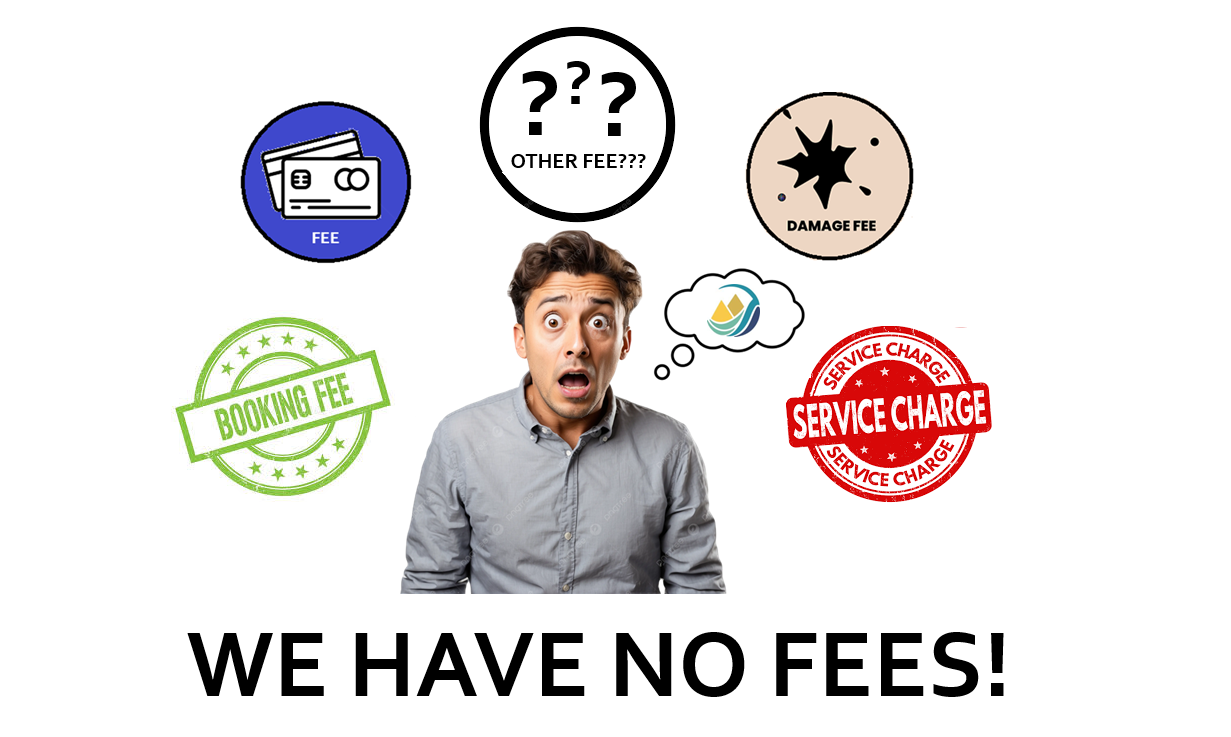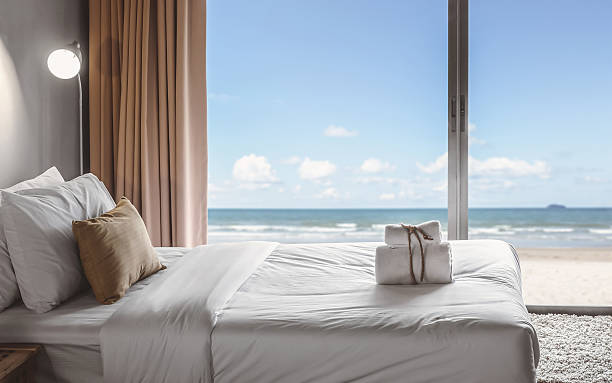Why 100% occupancy isn’t the answer to your vacation rental’s success
 Occupancy levels, along with Average Daily Rate (ADR) and Revenue have been the key tools for revenue managers in the hospitality industry, and while the vacation industry is still the new kid on the travel industry block, these measurement tools are widely used by all travel professionals. Even a single vacation rental property owner can utilize these tools to ensure they are maximizing revenue while minimizing wear and tear on their property.
Occupancy levels, along with Average Daily Rate (ADR) and Revenue have been the key tools for revenue managers in the hospitality industry, and while the vacation industry is still the new kid on the travel industry block, these measurement tools are widely used by all travel professionals. Even a single vacation rental property owner can utilize these tools to ensure they are maximizing revenue while minimizing wear and tear on their property.
Anyone managing a vacation rental would look at a fully booked calendar and have a hard time not getting excited. The challenge with 100% occupancy is it doesn’t translate into the highest revenue. A concept that is often overlooked is one of economics, where focusing on the actual rent revenue and comparing it to the gross potential of the property is key. In simplistic terms, if you’re booked every night, you may have left money on the table by not selling at a higher rate.
For example, if your property is 100% occupied for 365 nights per year at $100/night, you’ll project an annual Gross Booking Revenue (GBR) potential of $36,500. However, if any of those 365 nights are discounted, such as offering a last minute booking promotion, that can quickly translate into 5-10 nights per month at a discounted rate. Adjusted GBR with discounts (7 nights/month, or 84 nights/year) would equate to a potential revenue loss of $8,400, quickly shrinking your GBR down to $28,000.
Your goal should be to align occupancy and GBR as closely as possible, which could mean turning away low-ball guests, or waiting longer to lower your rates on busy weekends.
How do I calculate my occupancy rate? It’s actually pretty simple: Just divide the number of nights the property is booked by the number of days in your time frame. Most of the time, a monthly time frame of 30-31 days is used. How about ADR, how do I calculate that? ADR is calculated typically on a monthly basis as well, dividing the total revenue earned by a host by the number of nights booked.
So how else can you find the perfect balance between occupancy and revenue? Here are a few pointers to help you gauge your best case occupancy/revenue scenario:
- Look at your neighboring properties (also known as your CompSet) and scroll through their availability calendars. If you are booked 6+ months out and they still have availability, that is a good indication you had a better deal on price. Your competitor properties may have asked for a higher price, but they didn’t book as fast. Ultimately, your competitors will make more money, as demand increased and inventory decreased for those specific dates.
- On the flip side, if you have a surplus of availability and your competitor properties are full, you may be priced too high and it’s time to consider a price adjustment.
- A good rule of thumb: Aim to be about 50% booked one month out, 30% booked two months out, 10% booked 3 months out. Many hosts don’t realize how late guests tend to book, particularly in urban markets with more inventory options, and they make the poor decision to lower their rates prematurely.
- Booking trends: Most industry data partners report that at least 50% of bookings occur within 30-days of arrival, urban or rural. If your calendar just happens to be full at 30-days out, it’s a good idea to bump your rates to keep up with demand.
Remember, occupancy is not your only measurement tool for success. A long-standing rule adopted from the hotel industry is to aim for 70-80% occupancy, by incorporating dynamic pricing strategies like those suggested above, while sparing your property of overuse and excessive wear and tear. Sometimes the best guests are no guests at all.


